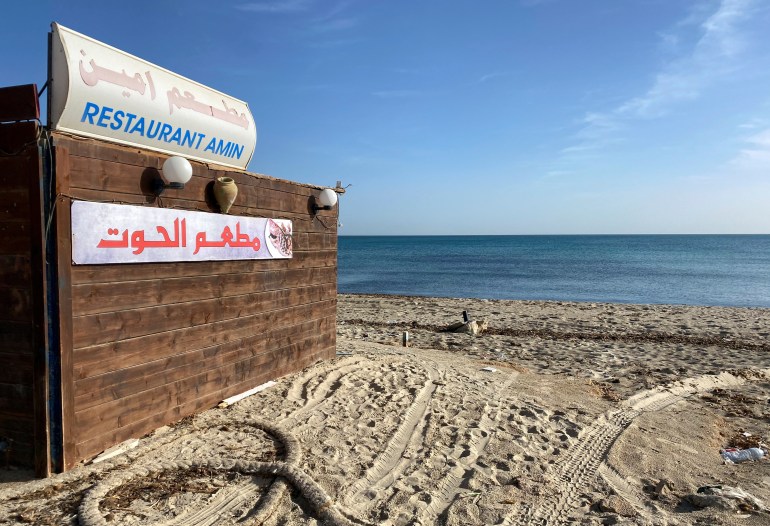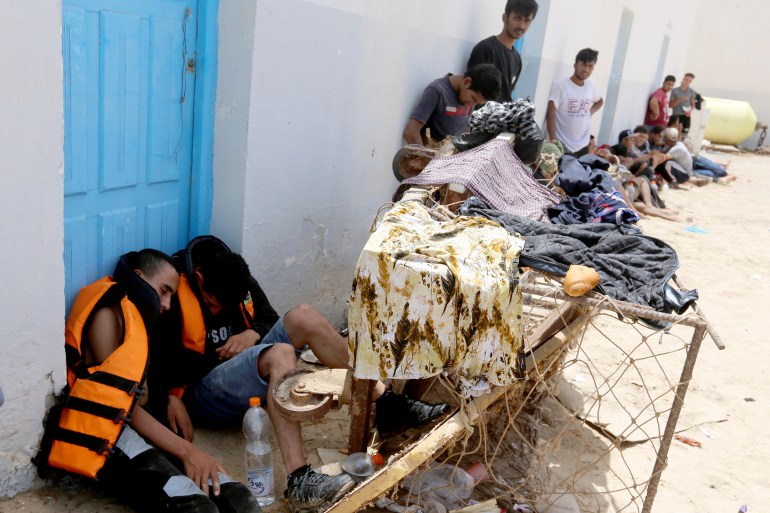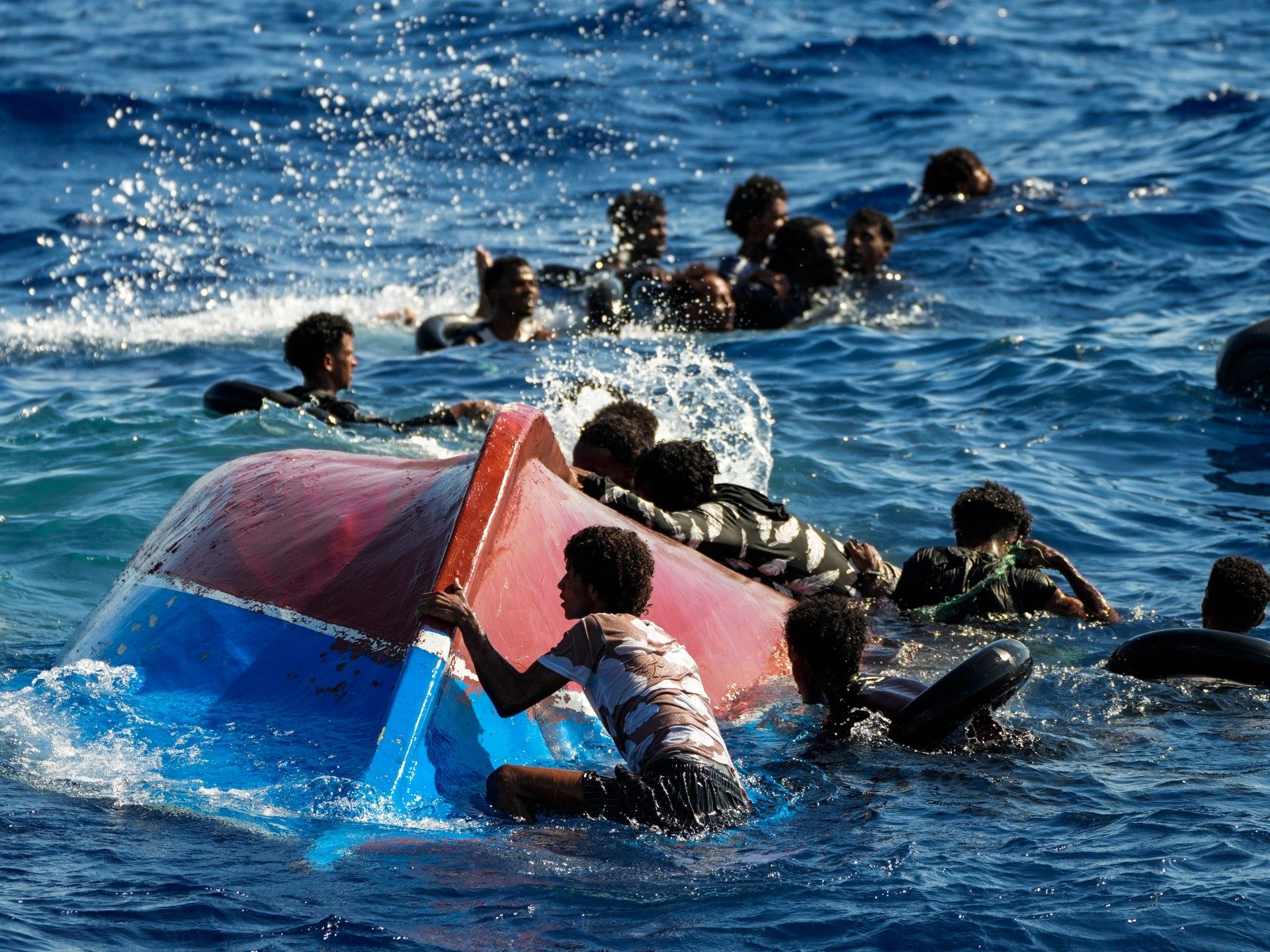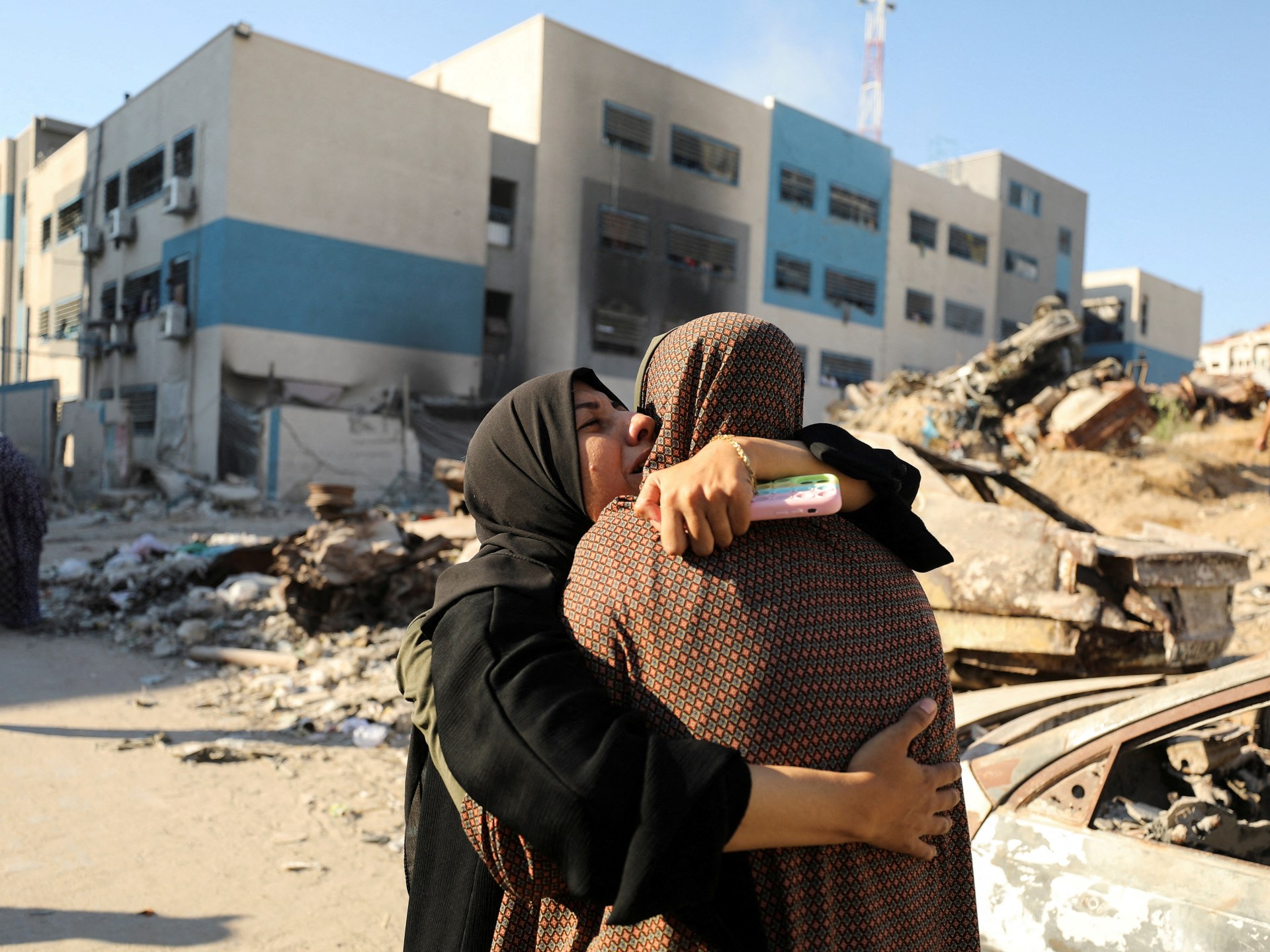Tunisia, Tunisia – A boat supposedly carrying around 37 migrants and asylum seekers has disappeared off the coast of Sfax, Tunisia.
Relatives described receiving the last phone calls around 2:30 pm on January 11, as the ship was setting sail. At around 10pm that same night, all contact with the ship and its passengers had been lost.
Apart from three or four people from other parts of Tunisia, all the passengers on the ship reportedly come from the small town of El Hencha, in the governorate of Sfax. They are between 13 and 35 years old.
Frustrated by the lack of news since the boat's disappearance, families of the missing migrants yesterday set up barricades and burned tires around the town, only leaving when government authorities assured the public that search efforts would continue.
Mohammed Jlaiel's brother Ali, 25, is among the missing.
“We haven't heard anything about him. Nothing! It is torture,” Mohammed told Al Jazeera by phone.
“We are desperate for any news about them,” he continued. ”They were all our neighbors and friends. Set [of] Hencha is suffering. “My mom is in a terrible state.”
The Tunisian National Guard issued a statement Tuesday saying that “all field units,” including sea vessels and helicopters, have been mobilized to find the 37 passengers.
Maltese and Italian units were also reported to have participated in the search.
On Tuesday, the Italian news agency Agenzia Nova said ongoing search efforts were focused on the coast between Sfax and the coastal city of Mahdia, about 80 miles (129 kilometers) to the north.
However, within Tunisia, politicians and relatives of missing passengers have expressed concern about the time it is taking to receive concrete news.
“Imagine not hearing from a brother for six days. They sent planes, ships, all kinds of things to look for them, but there is no trace of them,” Jlaiel said. “Tunisians, Italians, Libyans… Everyone searches and yet finds nothing. It's so strange.”
Majdi Karbai, a member of parliament responsible for Tunisians abroad, told Al Jazeera that the missing migrants and asylum seekers were “the latest victims of Europe's migration policies”.
He criticized the European Union's efforts to control irregular migration along its southern border as putting lives at risk.

Karbai added that he was in contact with relatives in El Hencha. The continued lack of information about the missing ship worried residents there, she explained.
He was concerned that the situation could lead to unrest, as happened after another ship sank in 2022.
The city of Zarzis, in southern Tunisia, lost 18 inhabitants in that shipwreck, which sparked protests denouncing the speed of rescue efforts and the economic conditions that led to the fatal voyage. Tunisian President Kais Saied finally intervened to help calm the bad feelings.
“This is bad,” Karbai said of the current situation in El Hencha. “This could be very bad, like Zarzis.”
Poverty and lack of employment prospects within Tunisia often drive locals to leave for a new life in Europe. Other migrants, however, arrive on Tunisia's shores from other parts of the world, particularly from impoverished and conflict-affected areas of sub-Saharan Africa.
Both Tunisia and neighboring Libya are key departure points for those looking to travel irregularly by boat to Europe. However, despite its popularity, the migration route is also one of the deadliest in the world.
According to the International Organization for Migration (IOM), 2,498 migrants and asylum seekers are known to have drowned while crossing the central Mediterranean Sea in 2023. The real number is likely much higher.
In the first 11 months of 2023, the Tunisian National Guard intercepted almost 70,000 irregular migrants and asylum seekers. Of them, 77.5 percent had traveled to Tunisia from all over Africa. The rest came from Tunisia itself.

Ali Jlaiel from El Hencha was as typical a passenger as any. His brother Mohammed described the missing 25-year-old as someone who struggled to establish himself after a series of low-paying jobs, none of which lasted long.
“He felt cornered,” Mohammed Jlaiel said. “He had no hope for a good future.”
Ali's last job was as a night security guard at the Sfax shopping center. But even with a stable salary, his budget barely covered his expenses, Mohammed explained.
“He received 600 dinars [$193] as salary [a month]. ten dinars [$3] would be spent on daily transport from Hencha to Sfax. Add to that the cost of your cigarettes and coffee. There would be nothing left. It is depressing.”
“There is nothing in Hencha. And he is not a special case. The boat was full of our neighbors. Even 13- and 14-year-olds,” she said. “All of them didn't find any opportunity here.”












